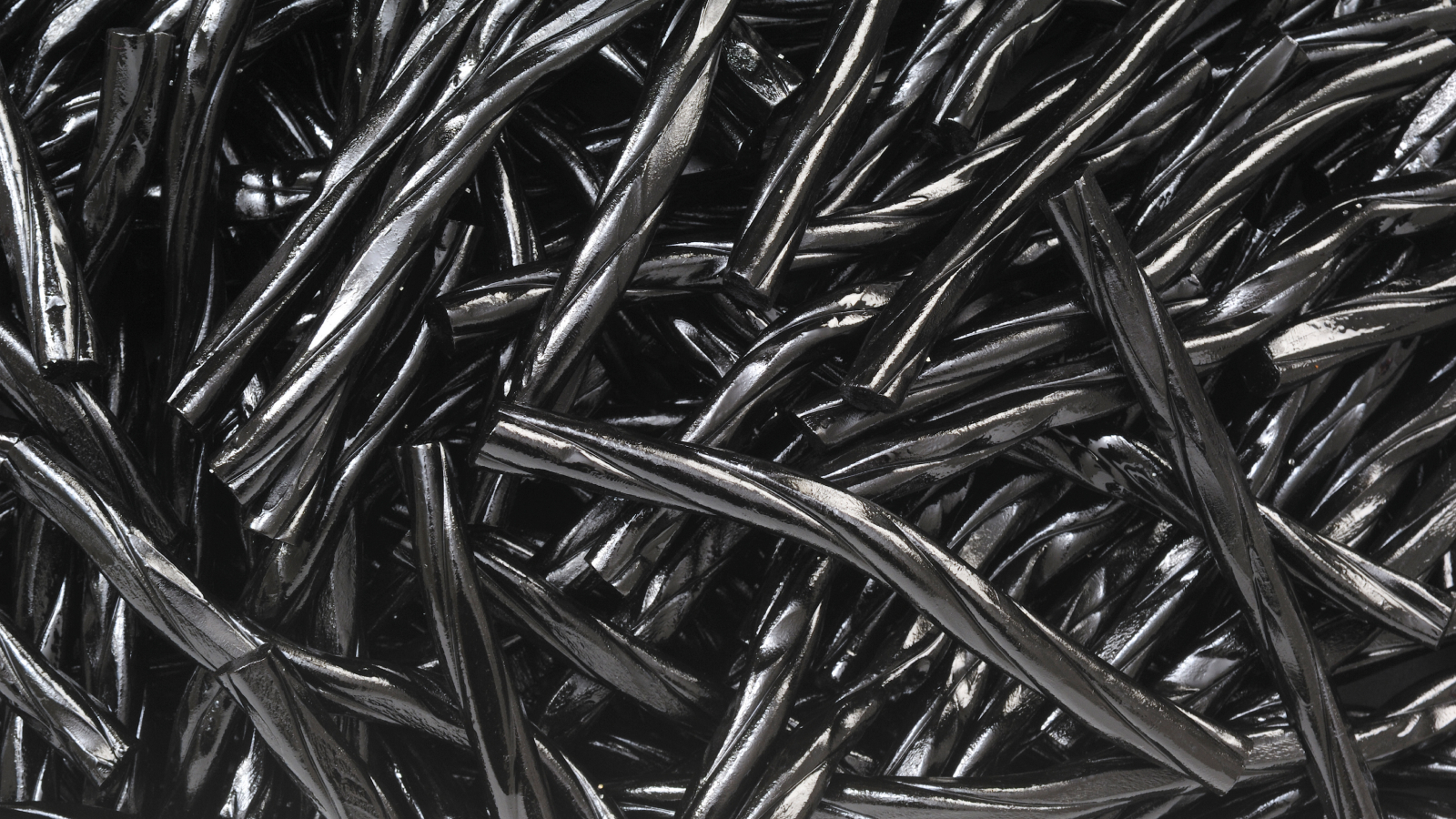Plants, Vol. 12, Pages 2143: The Cryopreservation of Medicinal and Ornamental Geophytes: Application and Challenges
Plants doi: 10.3390/plants12112143
Authors: Soumaya El Merzougui Carla Benelli Rachida El Boullani Mohammed Amine Serghini
Nowadays, plant genetic resources are often at risk of loss and destruction. Geophytes are herbaceous or perennial species that are annually renewed by bulbs, rhizomes, tuberous roots, or tubers. They are often subject to overexploitation, which, combined with other biotic and abiotic stresses, can make these plants more vulnerable to a decline in their diffusion. As a result, multiple endeavors have been undertaken to establish better conservation strategies. Plant cryopreservation at ultra-low temperatures in liquid nitrogen (−196 °C) has proven to be an effective, long-term, low-cost, and suitable conservation method for many plant species. Over the last two decades, major advances in cryobiology studies have enabled successful explants of multiple genera and types, including pollen, shoot tips, dormant buds, and zygotic and somatic embryos. This review provides an update on recent advances and developments in cryopreservation and its application to medicinal and ornamental geophytes. In addition, the review includes a brief summary of factors limiting the success of bulbous germplasm conservation. The critical analysis underpinning this review will benefit biologists and cryobiologists in their further studies on the optimization of geophyte cryopreservation protocols and will support a more complete and wider application of knowledge in this area.

 1 year ago
32
1 year ago
32


